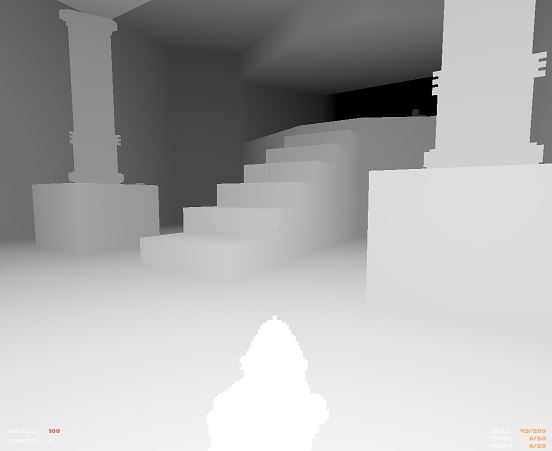The stereogram consists of essentially 2 images constructed of noise that has been shifted...distribute the RGB colour across each image and across frames(across space and time) so say you want a pixel to be purple..the left and right corresponding 2x5 pixel groups might be a collection of red and blue, (#FF0000 and #0000FF) in a random distribution across the screen and across sequential frames...
The big improvement will come if you can manage to implement the depth shifting which i feel comes hand in hand with the pixel shifting...this will give you full screen resolution and infinite depth......and it negates aliasing.
Might sound hard to believe, but I had this very idea about 12 months ago so I've had some time to think about this. But we were to use idtech4 BFG and integrate other c+ physics simulators to develop and train A.I. Our principal programmer had R.L issues so we never got around to really starting. I hope you appreciate what you are about to unleash....turning every 2D screen into a 3D puppet show, the games will be one thing....the applications in real-time medical imaging.....well...let's just say you're a pioneer sir, and it's a real honor to greet you...


